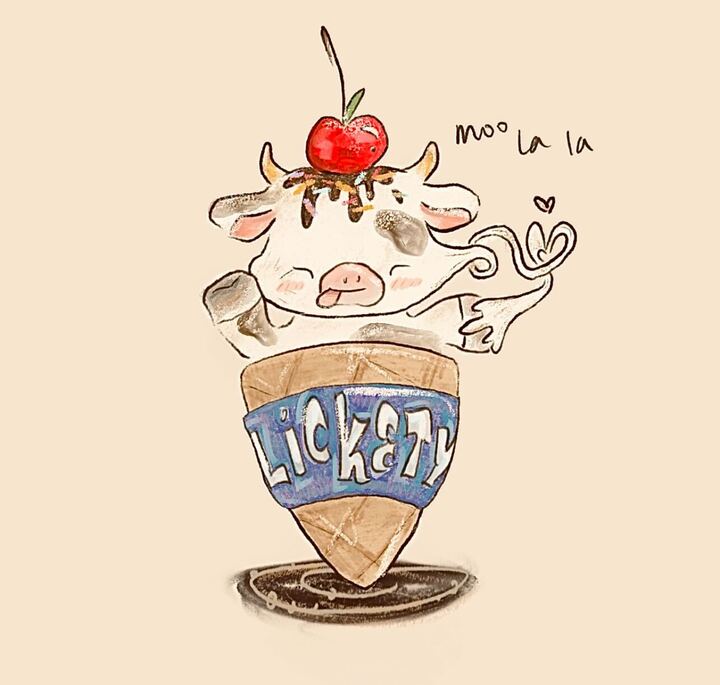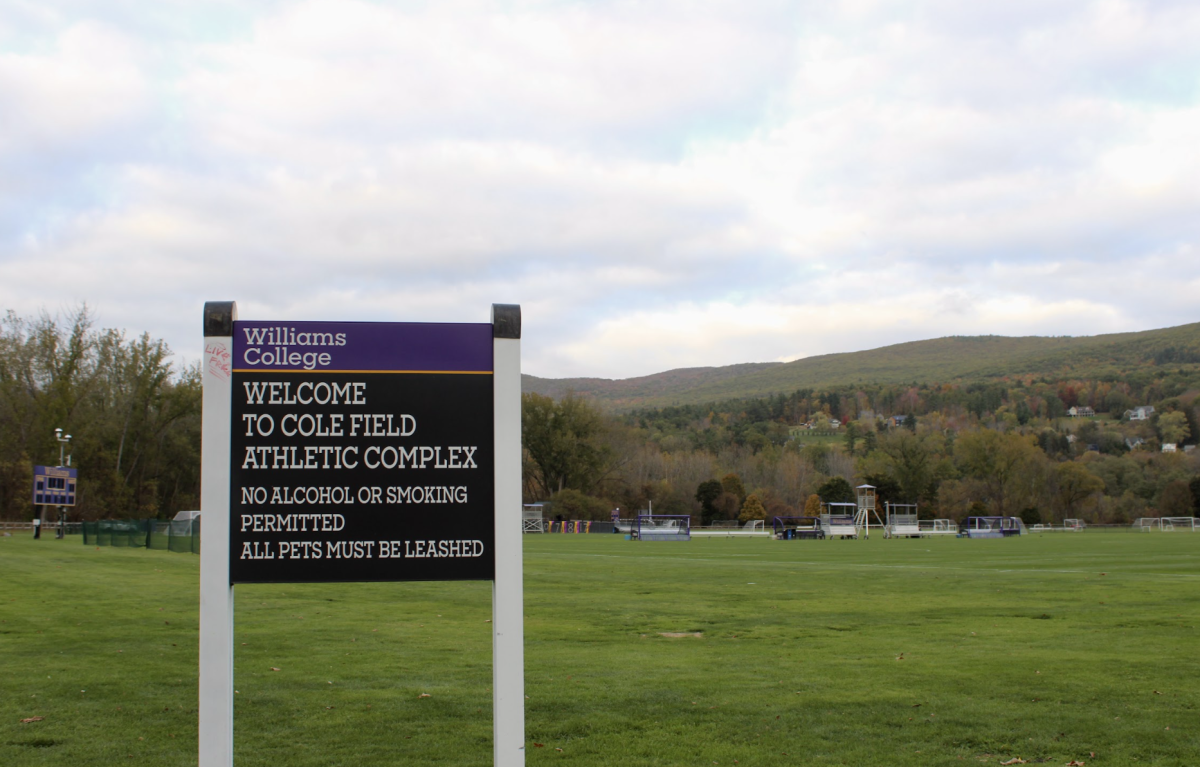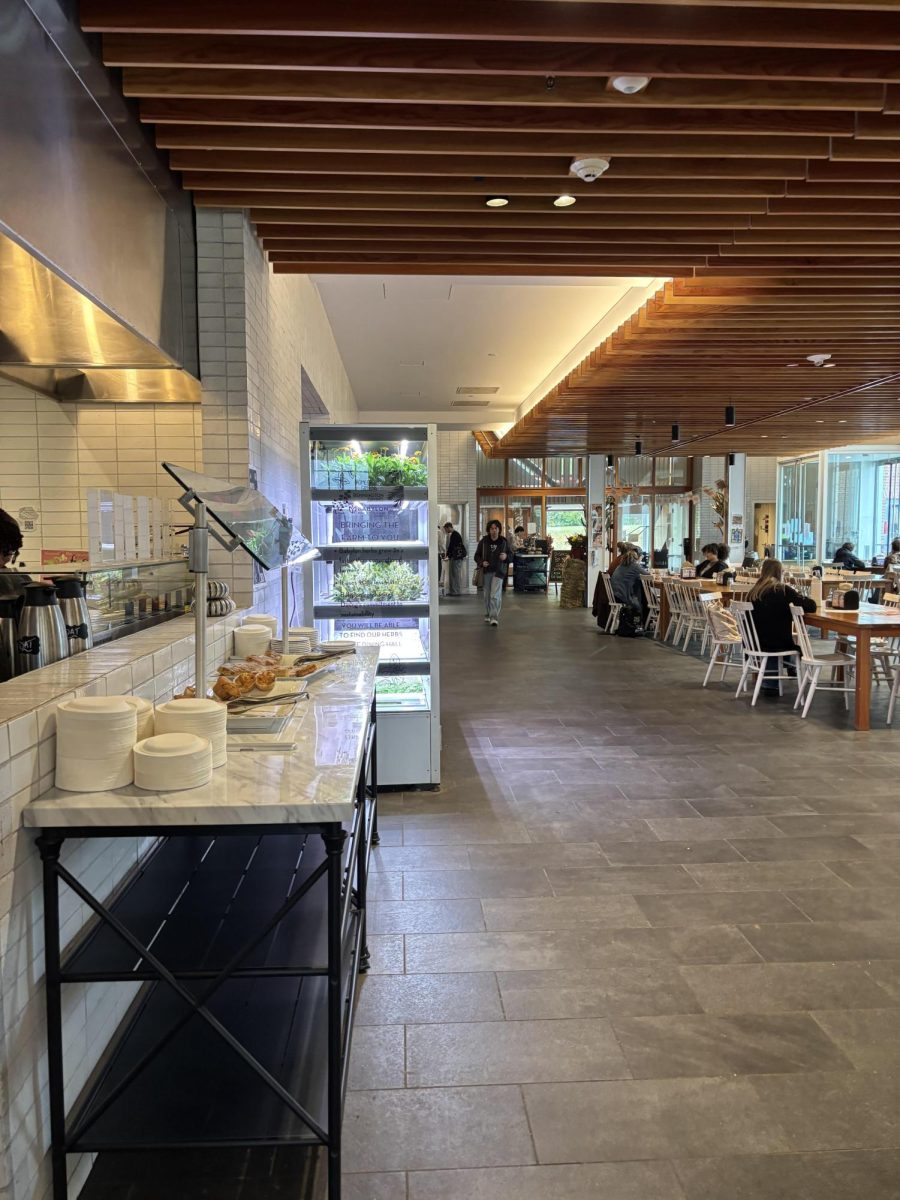
Frequenters of Spring Street ice creamery Lickety Split — a group that includes many, many students at the College — occasionally notice a peculiar phenomenon. The ice cream, certainly delicious, seems to be particularly stretchy. What gives? The Record set out to investigate the science behind Spring Street’s staple dessert.
Lickety sources its ice cream from Herrell’s Ice Cream, which was founded in 1980 by then-married couple Steve and Judy Herrell. Though since divorced, the two are still best friends, and Judy runs the company today. Steve began experimenting with ice cream-making seven years before founding Herrell’s, and just before founding his previous business venture: Steve’s Ice Cream, which first opened in Sommerville, Mass.
Steve’s first experiment led to a uniquely low air content in the ice cream. “He [first] tinkered with a White Mountain [ice cream maker], and that made a very rich and creamy ice cream,” Judy told the Record. “He did that by tinkering with the motor and the dasher, which is the little auger that mixes the ice cream together, and by slowing that down, he had less air getting made into the ice cream.”
While Steve’s Ice Cream has since closed, and Steve since retired, Herrell’s Ice Cream continues to supply stores around Massachusetts, including Lickety. “We’ve been supplying Lickety Split through multiple locations,” Judy said. “They’ve been in different places in Williamstown over the years, and we’ve been with them for a very long time.”
But the question still remains: Why is Lickety’s ice cream so stretchy? Judy, who also helps teach a course called “Science of Ice Cream” at UMass Amherst and judges the university’s annual ice cream competition, provided the Record with a food science crash course.
Perfecting texture is a meticulous process. “It’s all about churning the ice cream and getting it cold and then hardening it as fast as you can,” Judy said. “When you eat ice cream, what you’re really eating are frozen crystals, and if the crystals are big, you chew them. They feel crunchy. The goal is to make them feel creamy and soft, like there are no crystals. And the way to do that is you make the ice cream with low air.”
The texture of Lickety’s ice cream is also determined at the molecular level, Judy explained. Higher fat content prevents large ice crystals from forming and allows for a softer, creamier ice cream.
Factors like alcohol content and the presence of natural stabilizers also contribute to texture. “So if you use a natural stabilizer, you might get stretchy ice cream,” Judy said. “But the other thing has to do with what is binding with the fat molecules, and the way those binds happen based on whatever the ingredient is might increase or decrease that stretchiness.”
Ice cream texture also varies by flavor. Vanilla, with its alcohol-based extract additive, tends to be softer, while fruit flavors require a preserved fruit base to maximize texture. “We make, in your neck of the woods, Purple Cow,” Judy said. “Purple Cow is black raspberry — if I were to put black raspberries directly in the ice cream after they were pureed and de-seeded, it would freeze with little ice crystals. So we have to prepare [the preserve] and make sure that it has enough sugar or lemon or salt so that doesn’t happen.”
Long-time Lickety employee Nima Darafshi knows the appeal of the ice cream’s stretchiness firsthand.
“What I think makes us special is the distinctive texture,” he said. “It’s more of a stringy and pulled ice cream whenever it gets soft, but the creaminess really holds up throughout, especially against other stores… There used to be a candy store when I was a young kid before I used to work here that also tried to serve ice cream but it didn’t work out. And so to me, quality really [speaks] to how many decades this place has been in the town.”
“There’s nothing negative to say about Lickety Split,” Judy said. “It is just one of the finest ice cream establishments in Massachusetts, and I’m really glad that Williams College enjoys [it].”







